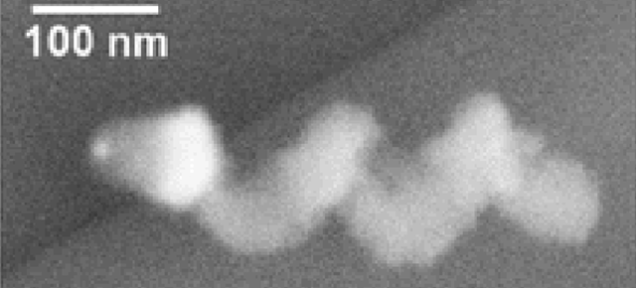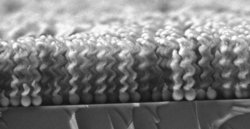A team of researchers has managed to create the world’s smallest nano-propeller, a nanobot so small that it’s capable of slipping right through the pores in our connective tissue. The propeller could eventually deliver drugs and medicines right to the singular cells in need.

Led by Dr. Peer Fischer, a research team from Germany’s Max Planck Institute for Intelligent Systems crafted the helical nanopropeller from silver and nickel filaments. The propeller is only 70 nanometers in diameter, which is 1,000 times smaller than the width of a single human hair—making it 100 times smaller than a single human red blood cell.
That makes it the tiniest nanopropeller we’ve ever created, which is a really great thing for drug delivery. The researchers used a weak rotating magnetic field to get the propeller, which is shaped like a corkscrew, spinning in fluid in order to propel itself forward. Theoretically, the propeller should be able to reach places previous versions couldn’t, making it ideal for “targeted applications.”

Of course, there are still bugs to work out. While the corkscrew-shaped creation is faster than any other nanodevice when immersed in viscoelastic hyaluronan gels (the type of connective tissue found in our joints and eyes), the propeller is so small it could be stopped by the movement of H20 molecules. These random, low-energy movements, what they call “Brownian motion,” would be enough to stop the propeller in other types of tissue or parts of the body.
But even though there’s still work to be done, Germany’s new nanopropeller is a big step for the field of precision-guided nanobots. Eventually, their invention could lead to drug therapy where patients could receive micro-doses of medicine, or radiation, right down to the individual cells.
We might still be a long way off from nano-delivered medicine, but I’d say this is a good start.
Source Gizmodo
Advertisement





